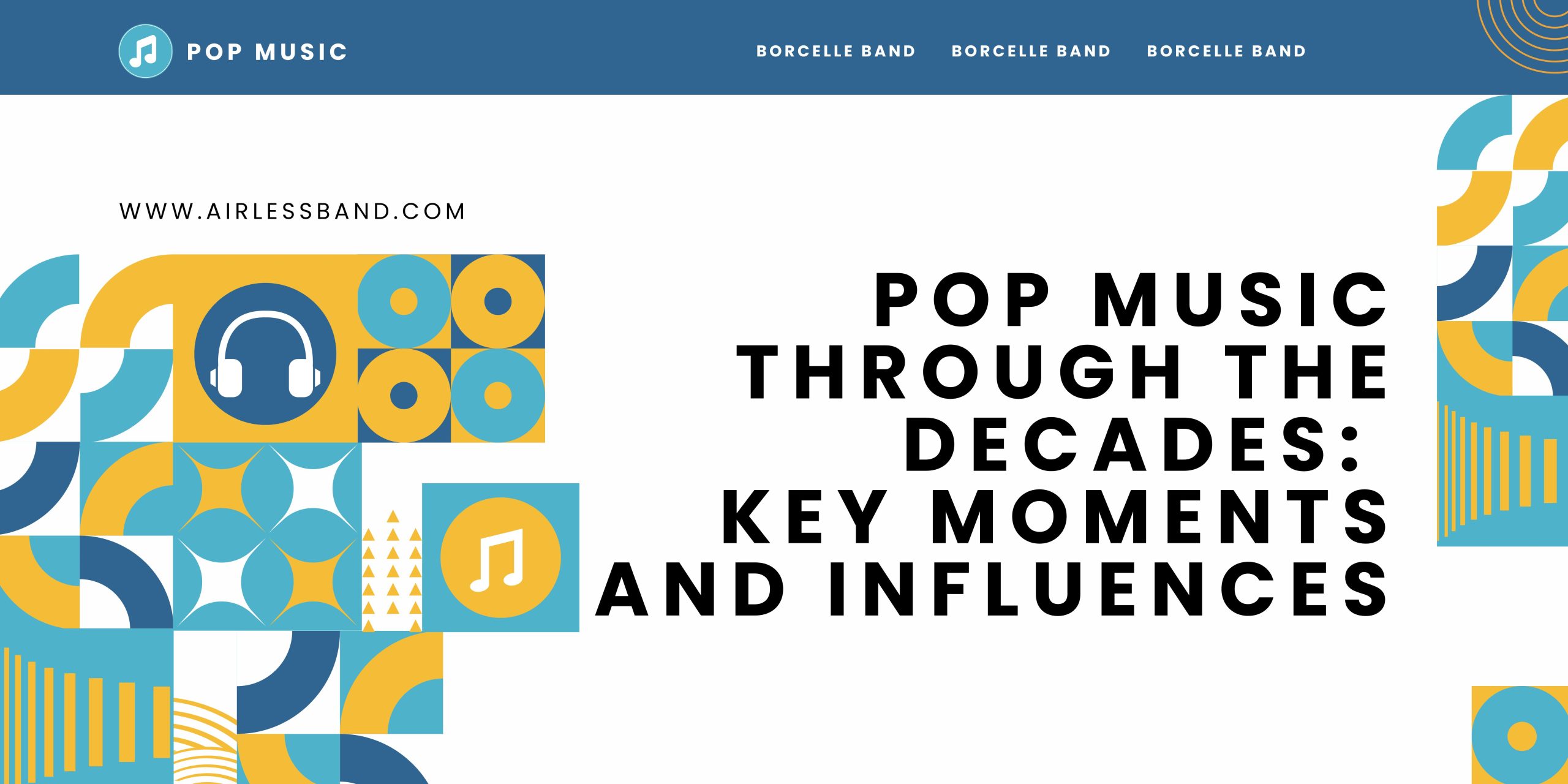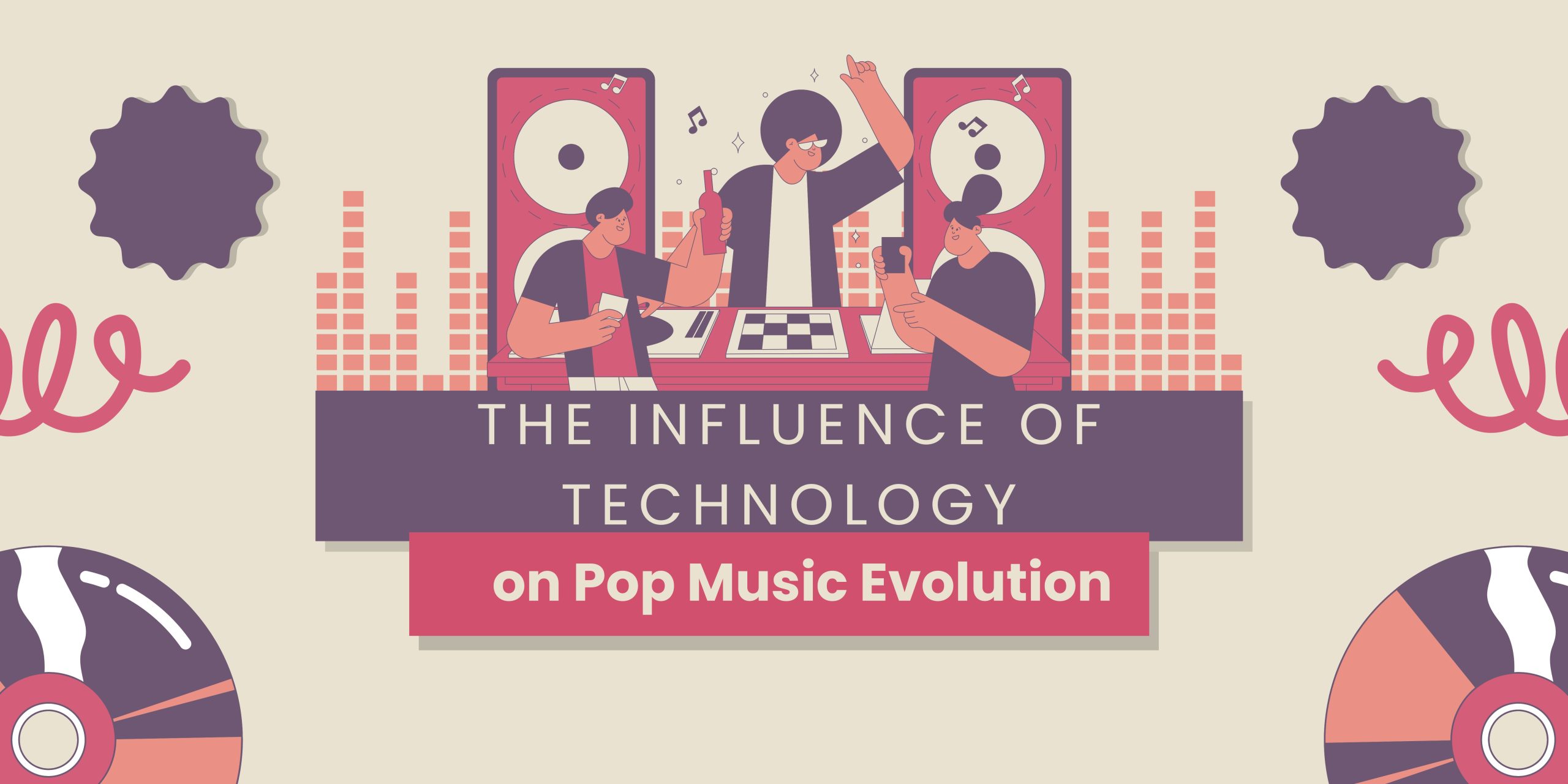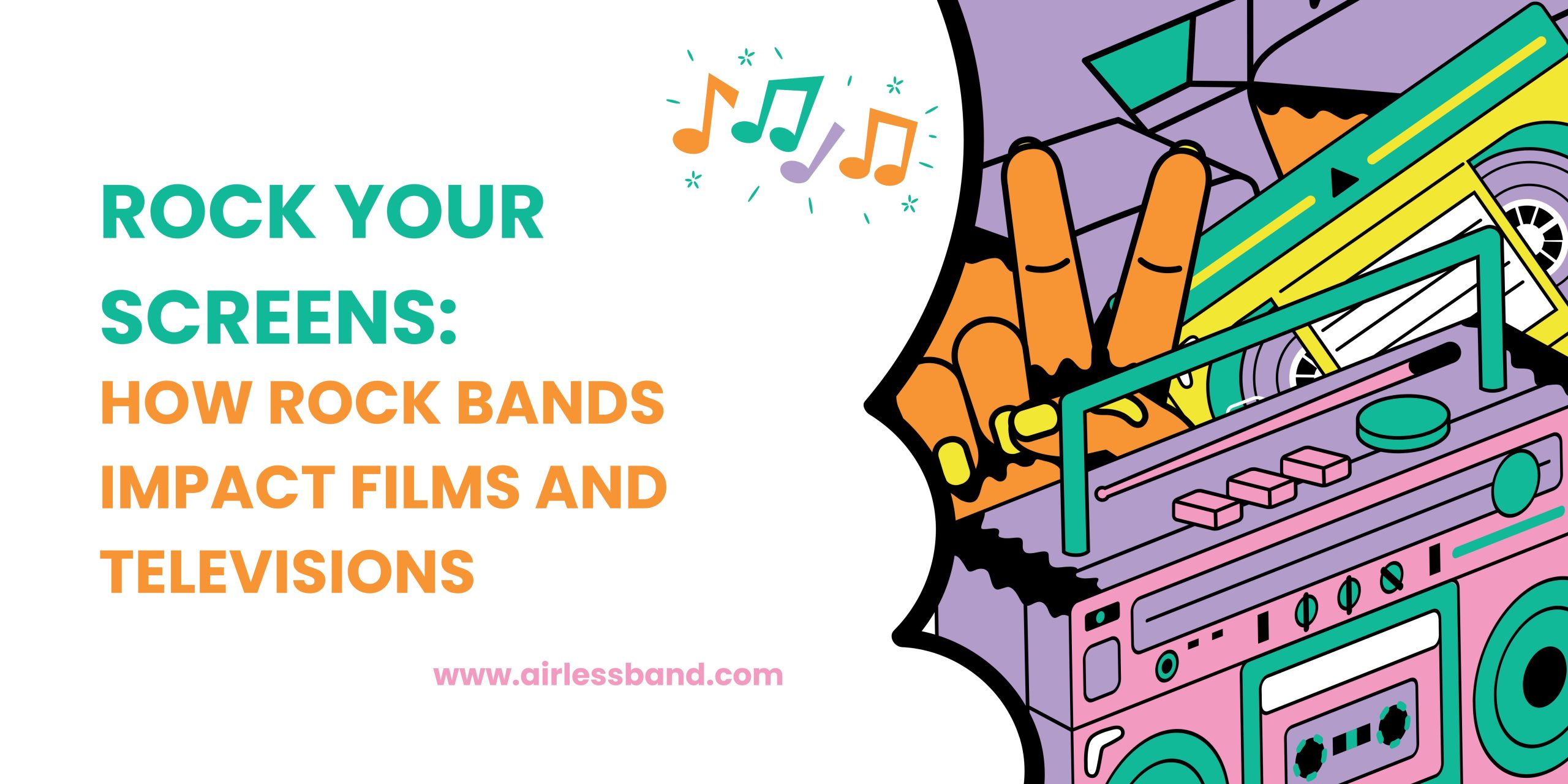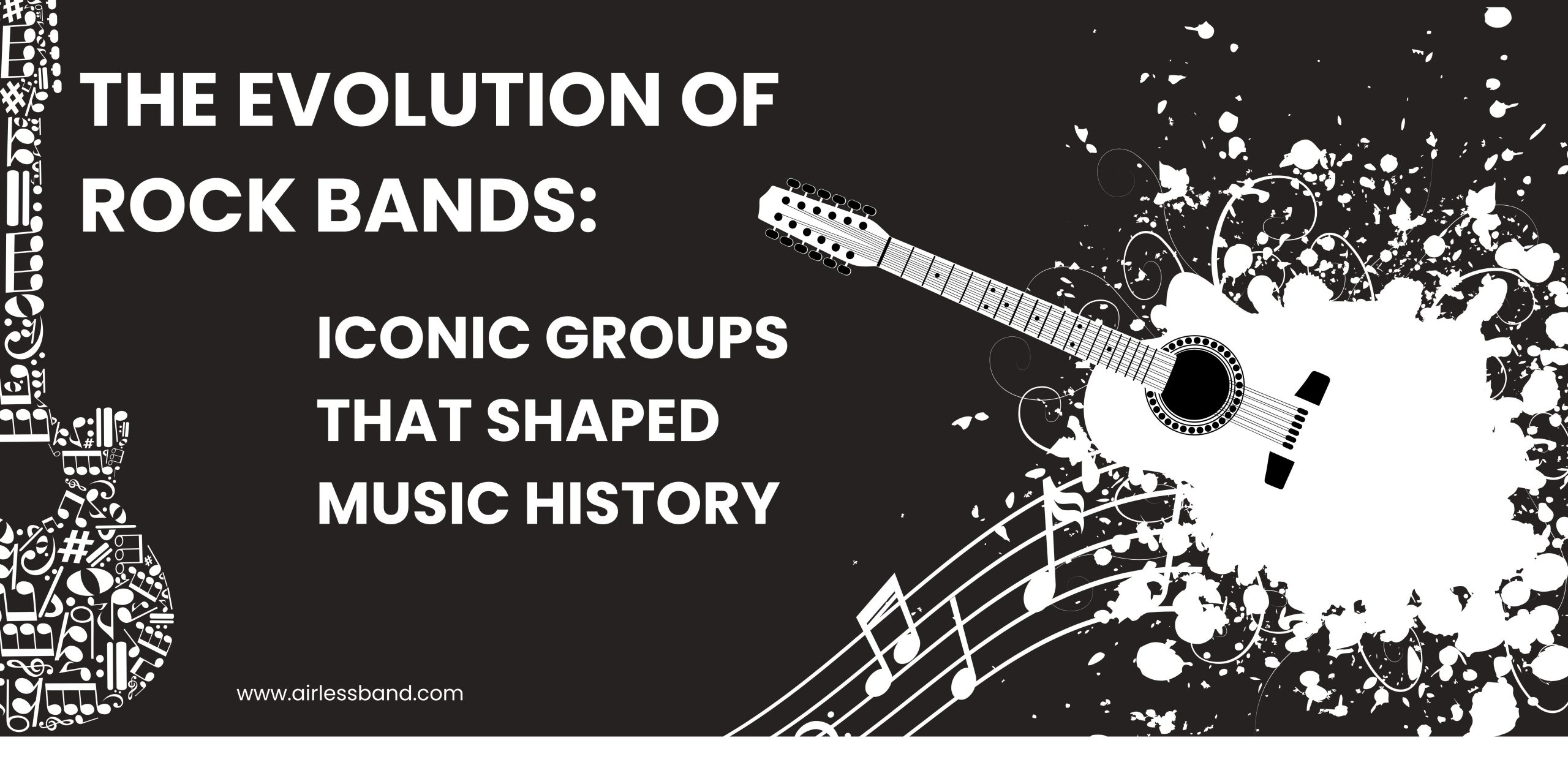Since its inception, pop music has held sway over popular culture, and the extent to which it has been able to sound out modulations from society, acquire new technologies, or undergo artistic revolutions as such is changeable.
From its modest roots to what it has become today- a worldwide sensation, the evolution of pop music has been an ongoing process characterized by the mixture of various styles and their influence over different generations.
The British Invasion: 1960s
Perhaps it was during the 1960s that pop music saw a unique phase owing to the British invasion, which happened in that era. It was when UK bands like The Beatles, The Rolling Stones, and The Who started crossing the Atlantic Ocean to dominate American charts and have a massive impact on the worldwide musical scene.
Probably, The Beatles changed the way pop music was made and read, experimenting with new recording techniques and editing.
In the 1960s, an enormous shift occurred within the music field as songwriters of Motown and Soul enjoyed fame with hits from legends such as The Supremes, Marvin Gaye, and Stevie Wonder, which continue to linger in our minds. Besides producing songs that we cannot stop singing along to, Motown was also an instrument of change during America’s civil rights struggle by giving African-American musicians a chance to be accepted in the idea of “popular” music on radio stations.
Disco and the Rise of Dance Music: 1970s
In the early 1970s, music became inclined towards pop, with disco taking center stage. It was a genre based on rhythm, beats, and partying at night time rather than lyrics, with the likes of Donna Summer, Bee Gees, and Chic setting high standards. Because of this, it turned out to be a crucial social event that completely changed people’s lives as they danced together to its captivating rhythms.
For the marginalized groups, especially the LGBTQ+ community as well as the African American nations, it represented an escape route. Unique acceptance of these people was given by this type of tune.
MTV and the Visual Revolution: 1980s
In 1981, MTV was launched, and this led to one of the biggest changes in popular music history during the 1980s. It was at this time that music was not only concerned with audio but also with the use of visual effects. For achieving success, music videos turned out to be fundamental; thus, pop artists such as Michael Jackson, Madonna, and Prince adopted this fresh form of media to come up with outstanding images that would be easy to recognize.
In the 1980s, there was also an increase in synth-pop as bands like Duran Duran, Depeche Mode, and The Human League produced sounds that were futuristic and would define the decade’s music. By combining electronic music and pop sensibilities, they were able to create a new wave of sounds that fitted well with the youth culture that was rising at this time.
Hip-Hop’s Influence on Pop: 1990s
The 1990s was a decade that witnessed genre fusions; hip-hop started making substantial impacts in pop music. Though this was an old genre that started existing in the 1970s, it became popular among everyone only in the 1990s.
Simultaneously, artists such as Britney Spears, the Backstreet Boys, and NSYNC ruled the charts and defined an era with their catchy tunes and professional stage presence, an apex for adolescent music. This era (the 1990s) was also marked by peak periods for women pop idols like Mariah Carey and Whitney Houston, who displayed incredible singing skills, influencing numerous young musicians.
Digital Music and the Internet Era: 2000s
Platforms such as iTunes, Napster, and later Spotify revolutionized the music business by enabling people to listen to millions of tracks immediately and disrupting the conventional album-centric paradigm. The digital services have been exploited by pop idols like Beyonce, Rihanna, and Justin Timberlake to get to global fans.
In the early 2000s, America Idol and other reality television programs made it possible for a new generation of aspiring pop artists to make their mark. In these years, Lady Gaga and other entertainers combined dance, theater, and electronic sounds in their music, further merging pop with other genres.
Streaming, Social Media, and Genre-Blending: 2010s to Present
Thanks to the democratization of music, independent musicians are now able to attain mainstream popularity without relying on any traditional record company support; furthermore, this period also welcomed the emergence of K-Pop with groups such as BTS and Blackpink rising globally famous- thereby giving pop music an entirely new international point of view.
The way artists engage with fans has changed due to social media, making the interaction more direct and personal between pop stars and their audiences. In the present day, the ability of a song to do well is tied to its capacity to go viral through challenges and trends.
Wrapping Up:
Pop music has been developing constantly because of the cultural changes that come along, advances in technology, and artists’ creativity. Every decade introduced new sounds, stars, and concepts to keep pop music at the center of mass culture.



